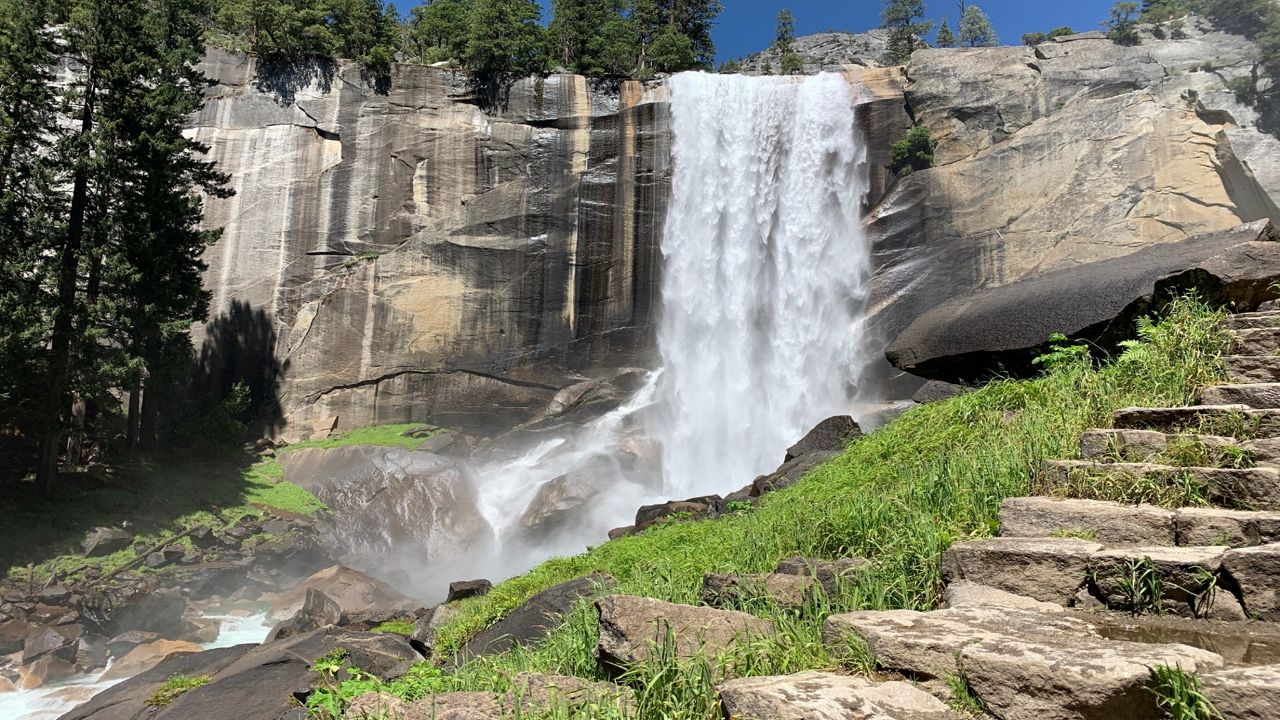Spring is a great time to explore the outdoors, even if it's only for a weekend. Temperatures start to warm up, but it's still not too hot.
In spring, flowers start to bloom and wildlife comes out again. There's no need to hop on a plane to enjoy the outdoors - just fill up your gas tank and hit the road.
Here are popular spots across the West, along with the kind of climate and weather you can expect in each place in spring.
The Mojave Desert is the hottest place in North America.
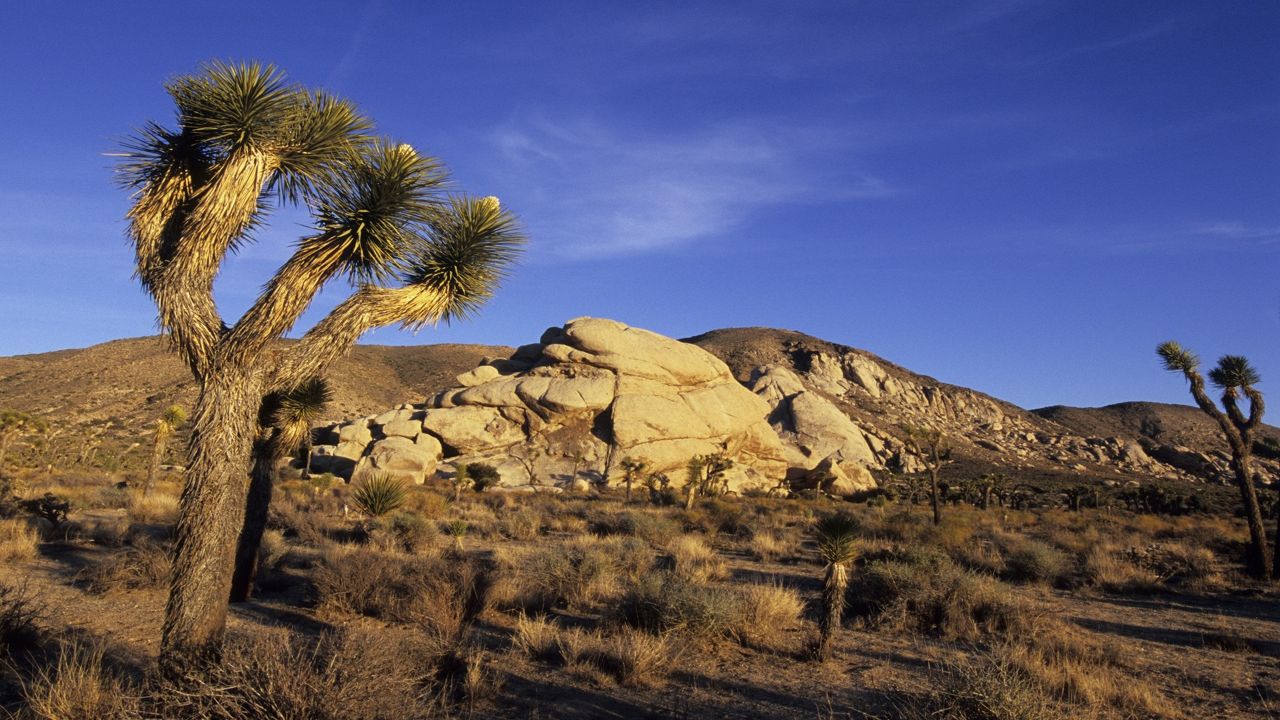
This is where you'll find Death Valley, the lowest point in the country, at 282 feet below sea level.
May in Death Valley can start to get hot. It's really the last month of tolerable weather.
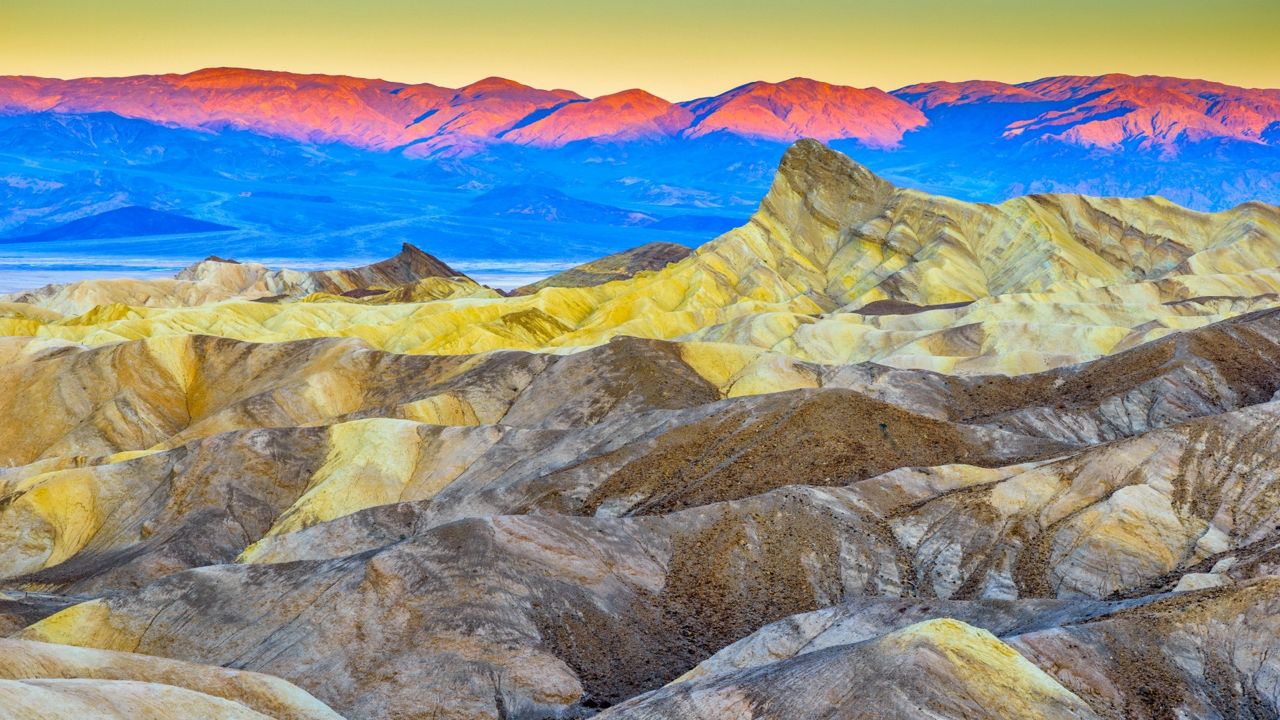
But the Mojave Desert is also home to some of the best spring getaways in the Southwest.
Palm Springs is considered low desert, which generally reaches 90s in May. But Palm Springs has already had several days of 100s this month.
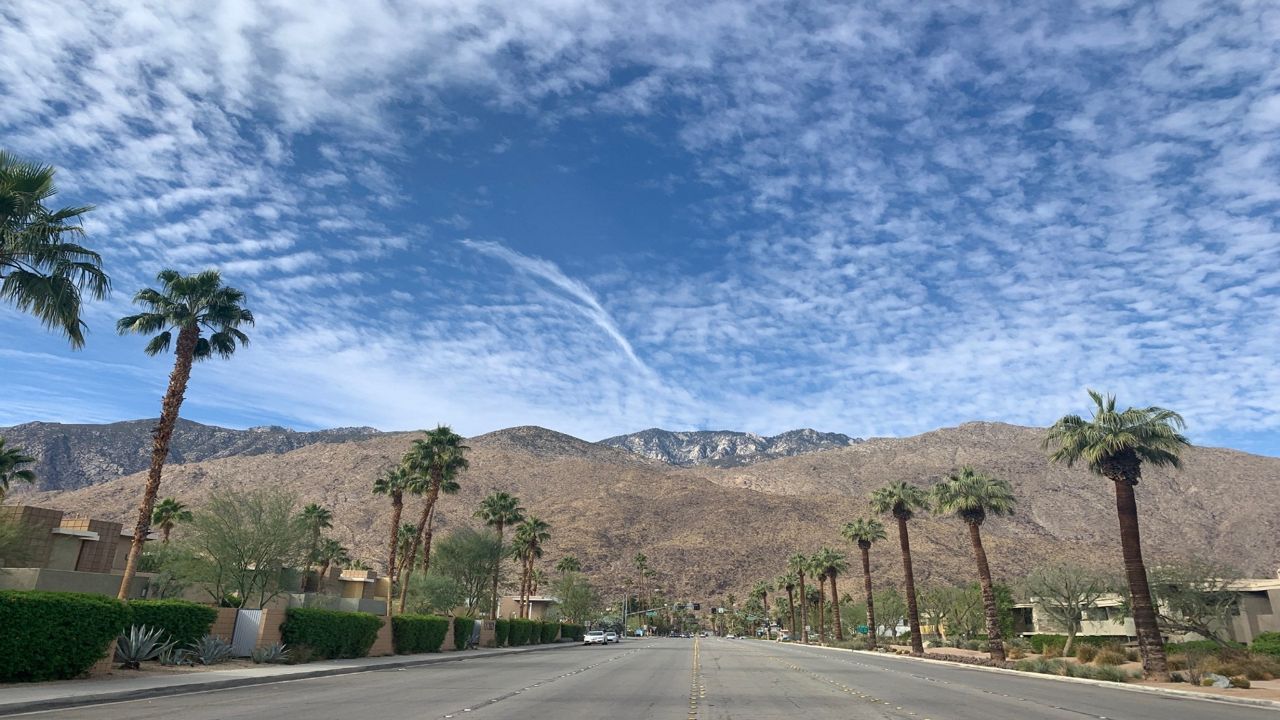
The Palm Springs Aerial Tramway is up in the San Jacinto mountains, not far from Palm Springs. Temperatures at the top of the lookout can be 30 to 40 degrees cooler than Palm Springs.
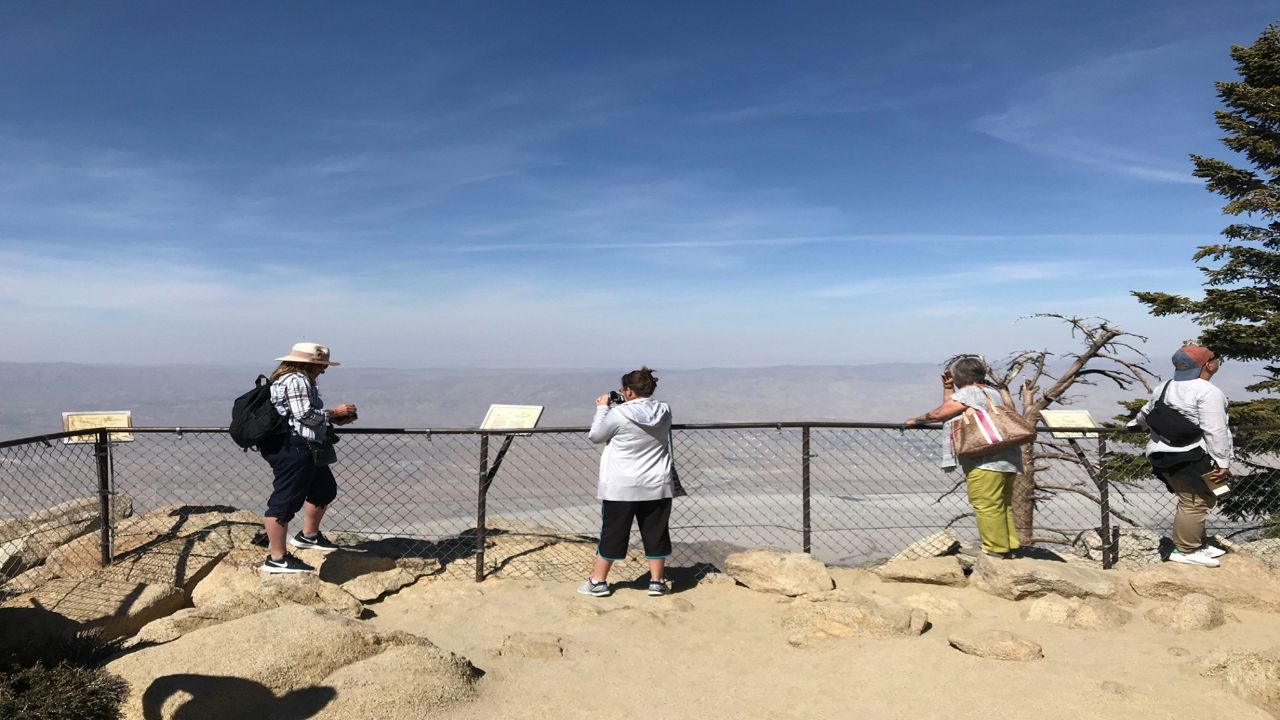
So, while you'd be fine in shorts and t-shirts window shopping and dining alfresco in Palm Springs, you may need a jacket up at the tramway.
Joshua Tree National Park's weather can vary depending on where you are in the park. But generally, spring and fall are the best times with average highs in the 80s.
Las Vegas has great weather this time of year. I lived there for a couple of years and realized that two to three months in spring are quite pleasant - very similar to Southern California.
Spring is the time when many industries host their annual conventions. The scorching 100-degree temperatures become more common in June, July and August.
In summer, locals tend to switch things around. They try to beat the heat by spending their nights outdoors doing such things as backyard BBQs, swimming in the pool or construction work.
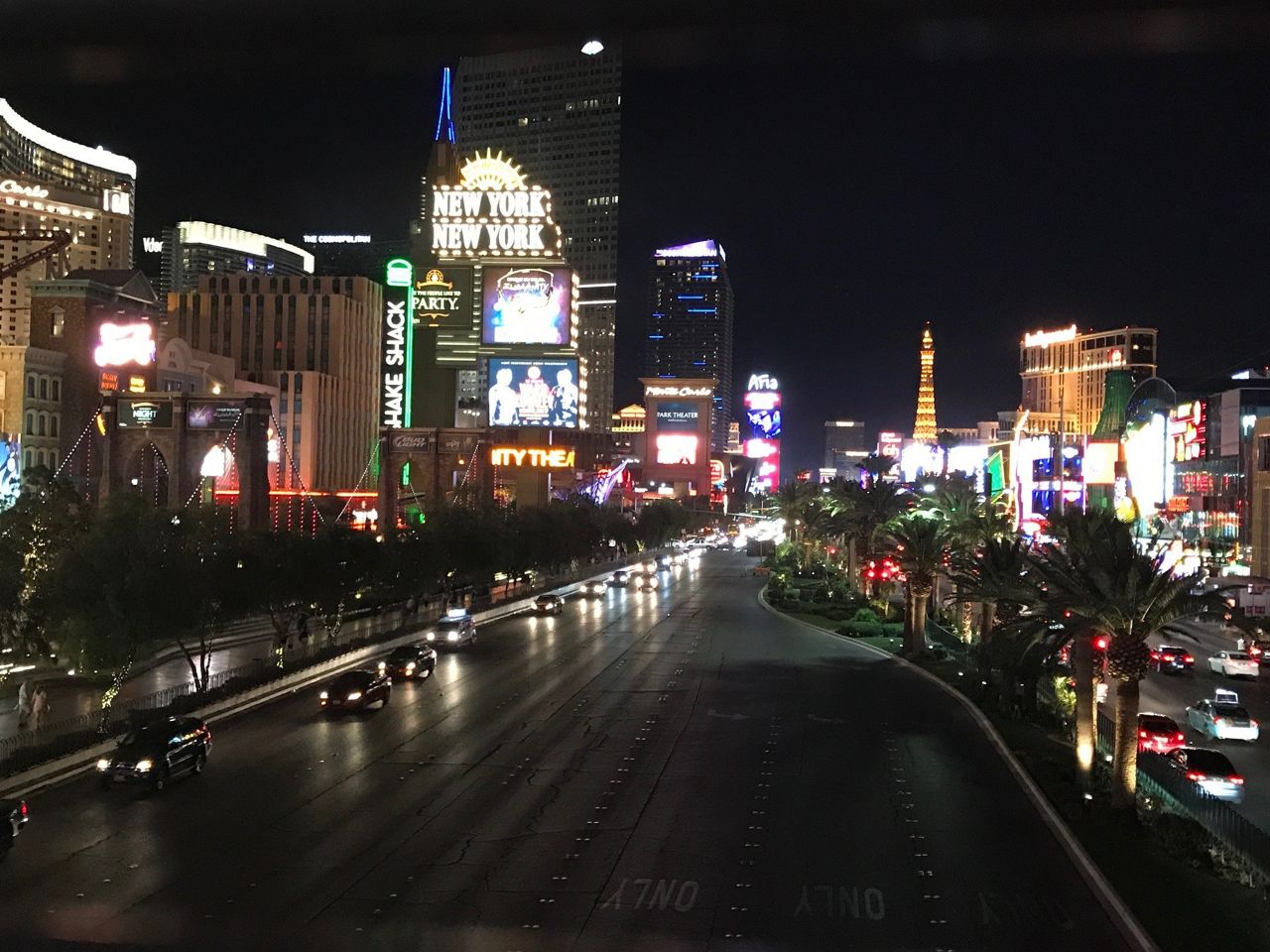
Yosemite's weather in May is as diverse as its landscape, which ranges in elevation from 2,000 to 13,000 feet. Yosemite Valley, where most visitors arrive and stay, can reach the 70s for highs and 40s for lows.
Yosemite's website states that Yosemite, Vernal, Nevada and Bridalveil Falls are all flowing very well.
Peak runoff is typically in May and June. Snowpack is about 25% of average as of mid-May.
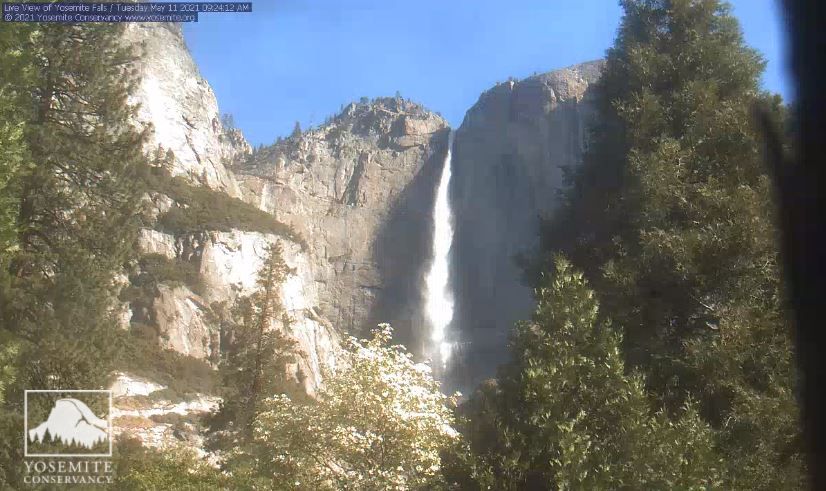
In addition to waterfalls and amazing views, this is the time of year when bears wake up from hibernation and start to stroll throughout the park. Don't forget to remain at least 50 yards from bears in the forest and meadows.
Learn more about Yosemite by reading about my trip last summer.
Zion is another national park known for its diverse weather conditions due to a wide range of elevation. The average highs are in the 80s for May, 90s for June and 100s in July and August.
You can see a whole lot more of the park, but you'll also notice more visitors.
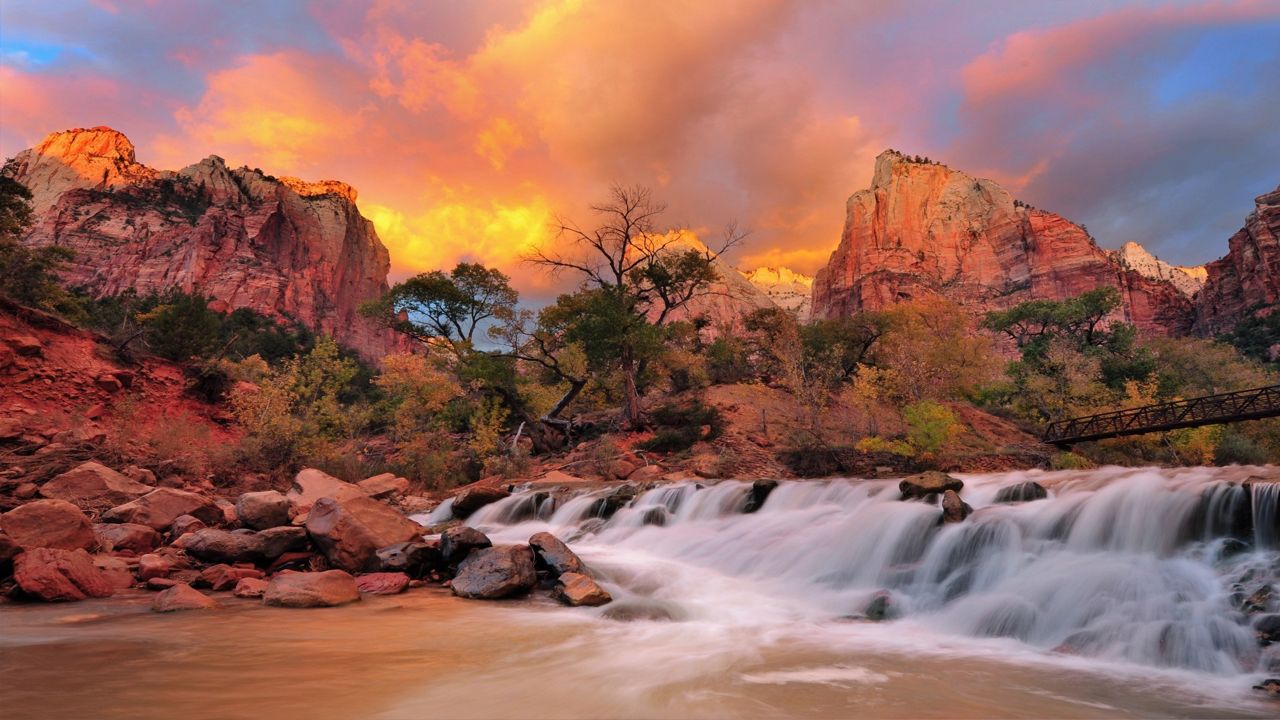
The South Rim - the most visited part of the Grand Canyon - has relatively moderate temperatures from March to May and again from September to November. It's around 6,800 feet in elevation.
Nighttime lows can still be chilly in the 30s, so if you camp out, be sure to bring the right sleeping bag. Daytime highs tend to reach the 60s to 70s - great weather for hiking.
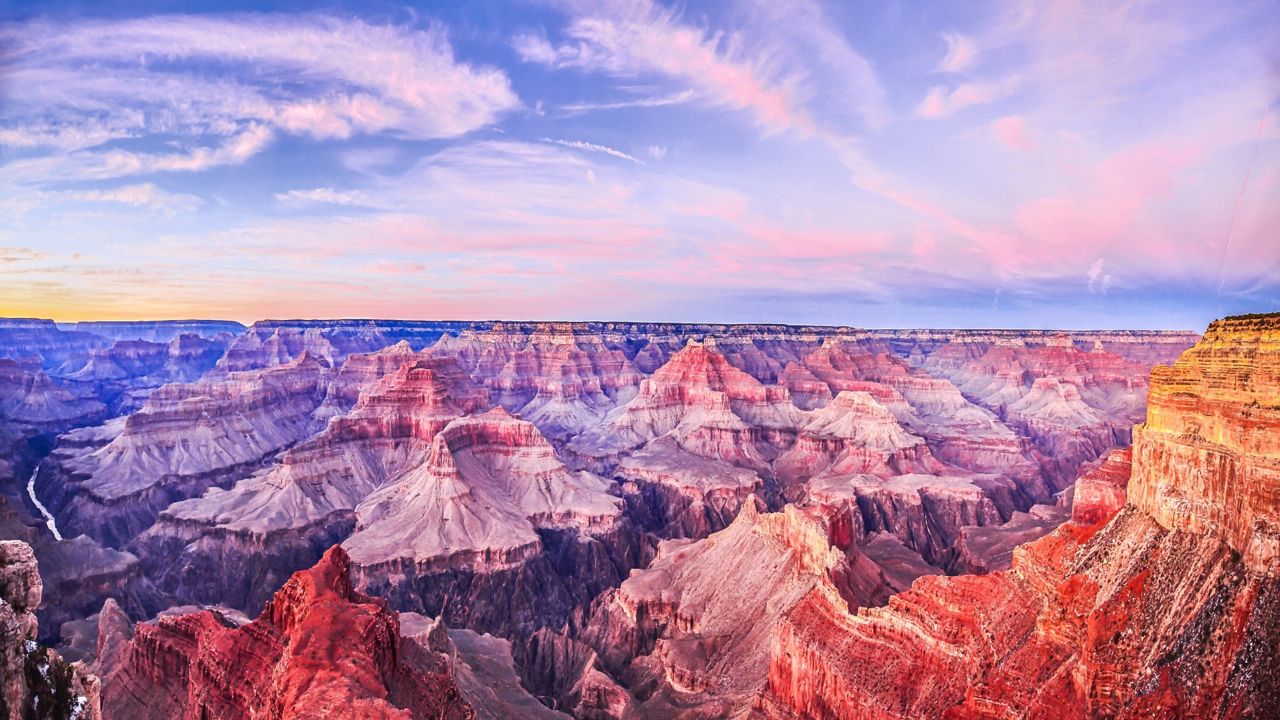
Keep in mind that inside the canyon, high temperatures can range from 55 to 82 degrees, depending on the weather pattern of the day or week.
As it starts to heat up, remember that your safety is your responsibility in the great outdoors.
Be prepared to avoid heat problems at a lot of these destinations. Know the difference between heat exhaustion and heatstroke.
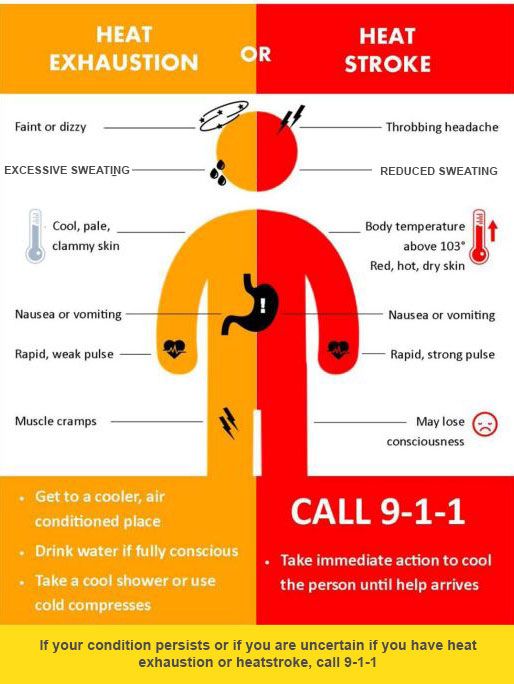
And, in the coming months, watch out for flash floods during the summer monsoon.



